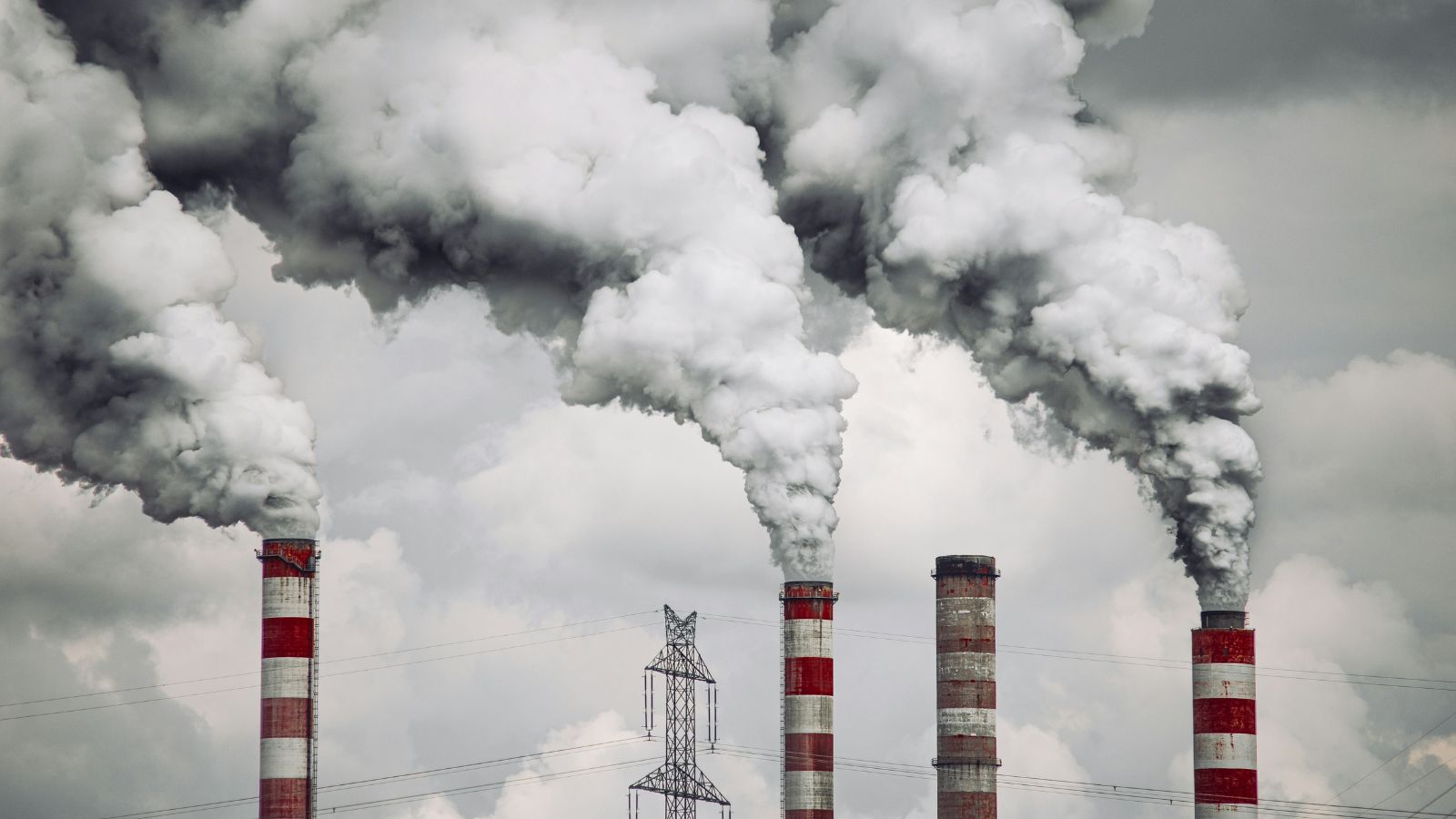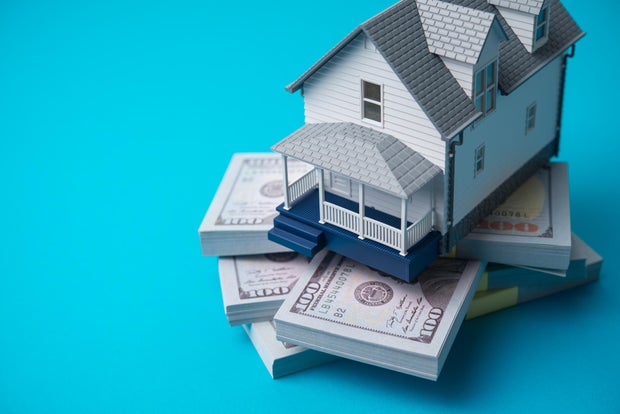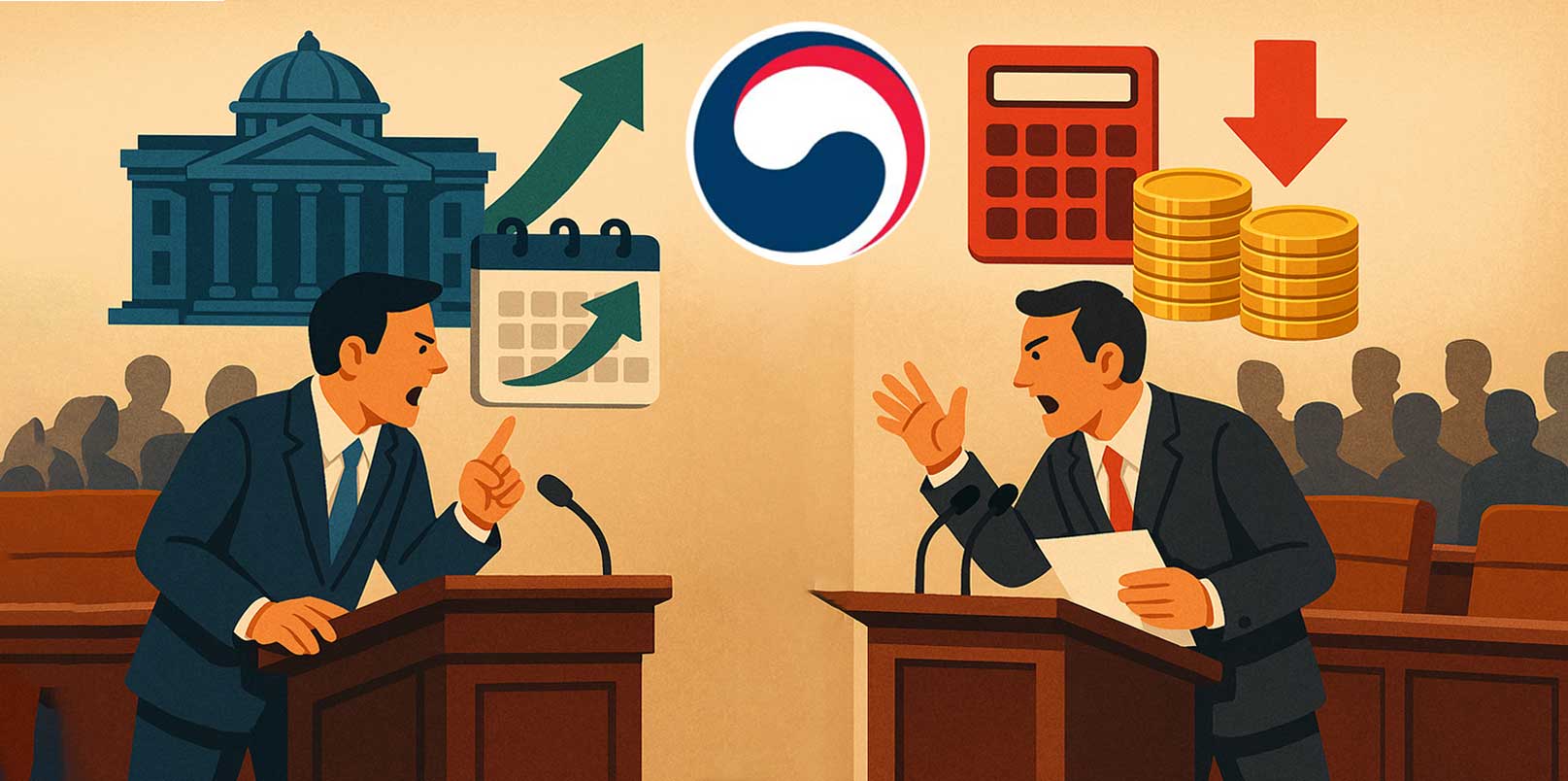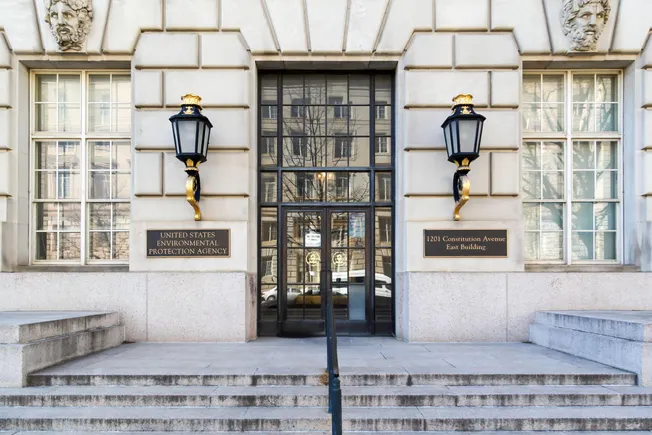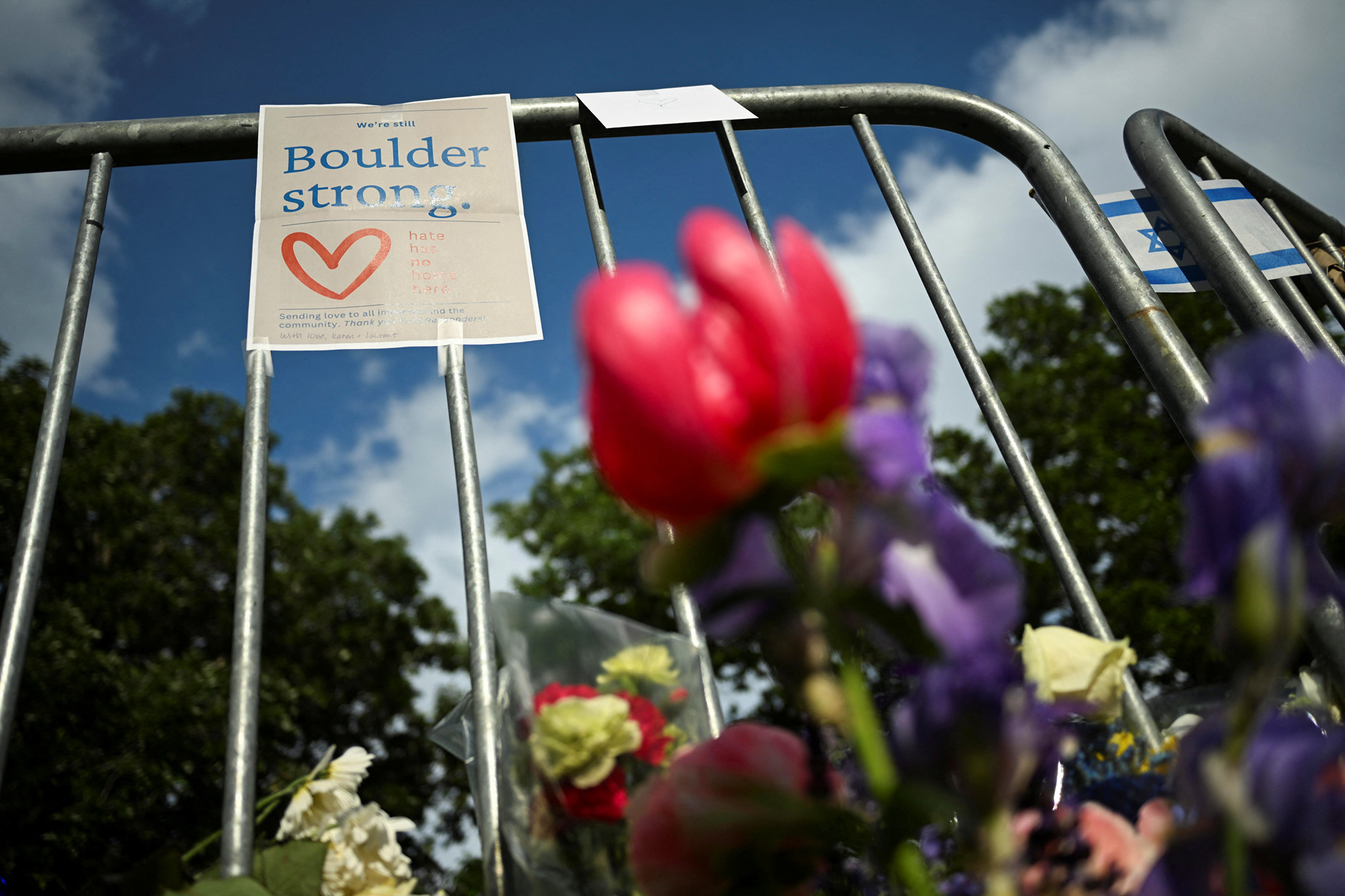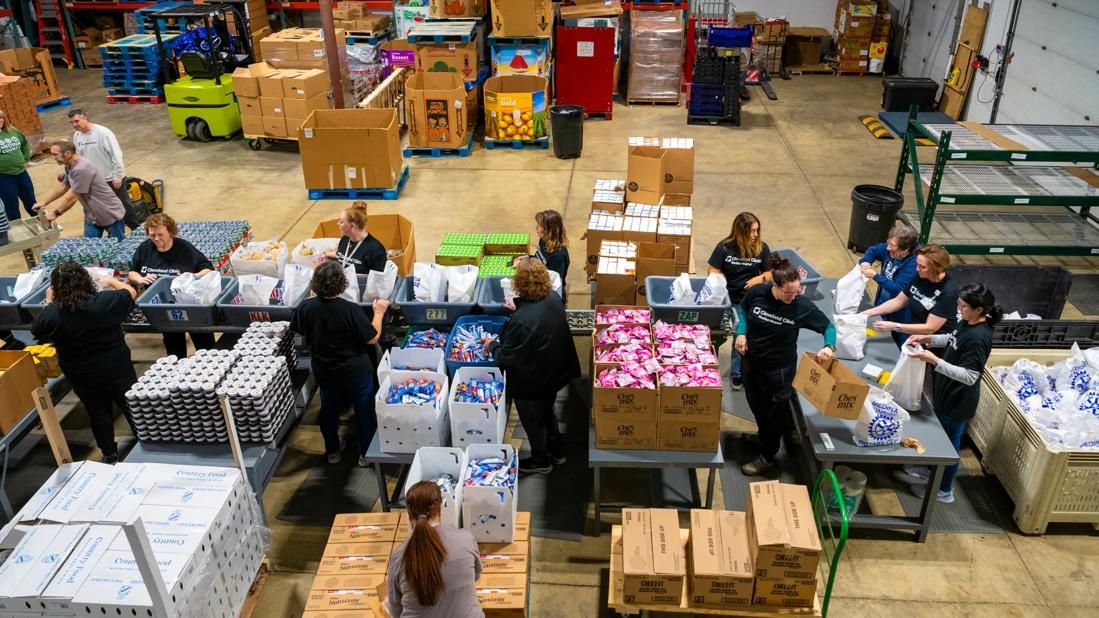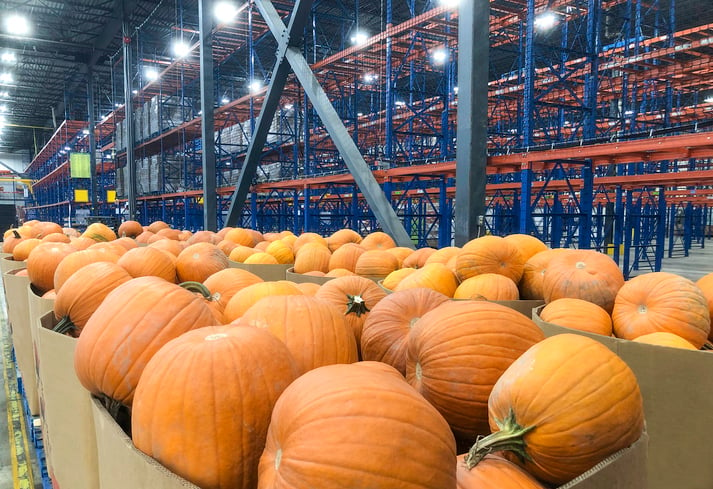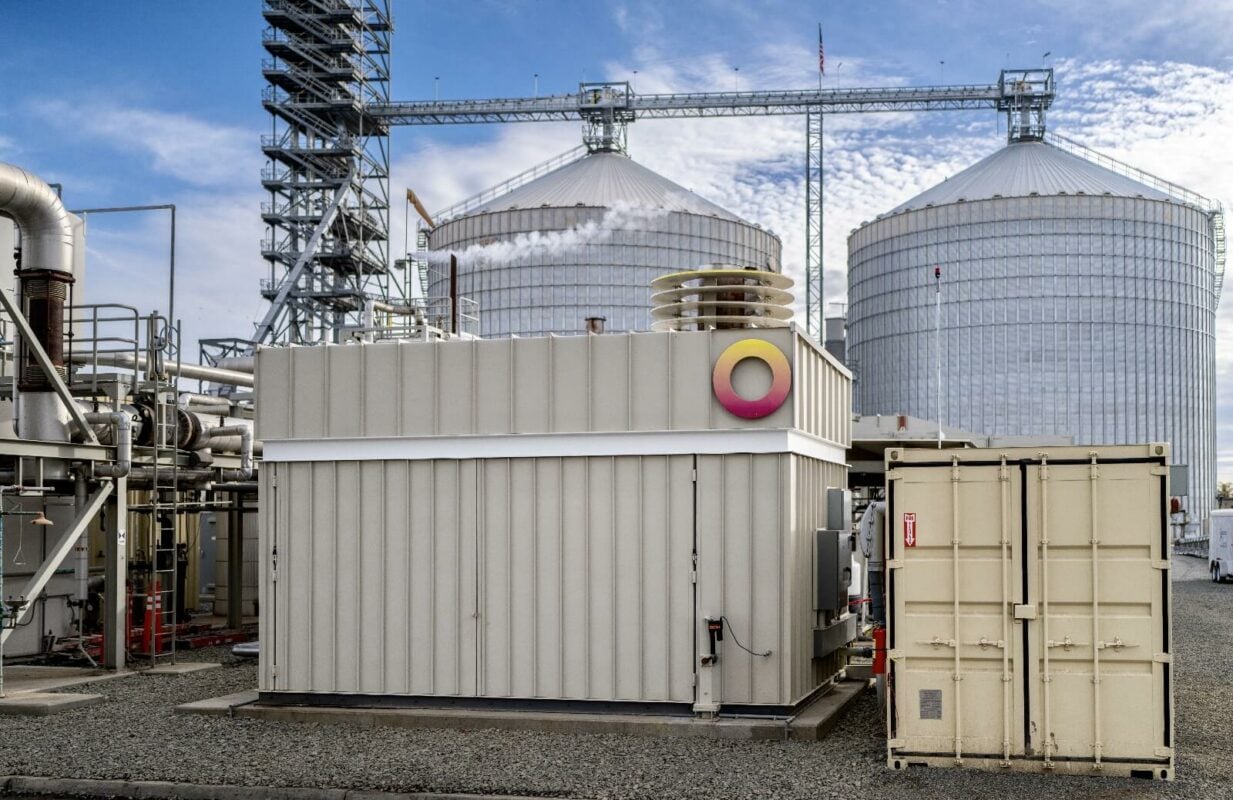Government-Private Sector-Civil Society Unite with Global Experts to Accelerate Green Transition Propelling Thailand Toward Low-Carbon Society – Bluefield Daily Telegraph

Report on the SCG ESG Symposium 2025: Advancing Sustainable Development Goals in the ASEAN Region
1.0 Executive Summary
On 4 August 2025, SCG convened the ESG Symposium 2025 in Bangkok, Thailand, under the theme “GREEN BREAKTHROUGH AMID THE PERFECT STORM.” The event served as a critical platform for multi-stakeholder collaboration aimed at accelerating the transition towards a sustainable, low-carbon society in Thailand and the ASEAN region. The symposium’s agenda was intrinsically linked to the United Nations Sustainable Development Goals (SDGs), with a primary focus on climate action, sustainable industry, and multi-stakeholder partnerships.
2.0 Event Overview and Objectives
The symposium brought together over 300 participants to address the urgent need for a green transition. The core objective was to foster collaborative strategies that align with global sustainability frameworks.
- Event: SCG ESG Symposium 2025
- Theme: GREEN BREAKTHROUGH AMID THE PERFECT STORM
- Location: SCG Headquarters, Bangkok, Thailand
- Primary Goal: To advance collaboration for a fair and sustainable low-carbon society, directly supporting the 2030 Agenda for Sustainable Development.
3.0 Alignment with Sustainable Development Goals (SDGs)
The symposium’s discussions and intended outcomes were designed to directly contribute to several key SDGs. The “Green Breakthrough” concept is a strategic driver for achieving these global goals.
- SDG 13: Climate Action: The central theme of establishing a “low-carbon society” is a direct response to the urgent need for climate action, promoting strategies to mitigate climate change across the region.
- SDG 17: Partnerships for the Goals: By assembling over 300 leaders from diverse sectors, the event epitomized the spirit of SDG 17. It created a crucial space for building partnerships between:
- Government bodies
- Private sector corporations
- Civil society organizations
- International experts
- SDG 9: Industry, Innovation, and Infrastructure: The drive for a “Green Breakthrough” emphasizes the need for resilient infrastructure, inclusive and sustainable industrialization, and fostering innovation to strengthen global competitiveness.
- SDG 7: Affordable and Clean Energy: The transition to a low-carbon economy is fundamentally dependent on increasing the share of renewable and clean energy sources in the region’s energy mix.
- SDG 12: Responsible Consumption and Production: The symposium’s ESG focus promotes sustainable consumption and production patterns, which are essential for decoupling economic growth from environmental degradation.
4.0 Strategic Agendas for Regional Competitiveness
The symposium aimed to drive key agendas to enhance the global competitiveness of Thailand and the ASEAN region through a sustainability lens. The focus was on creating economic value while advancing environmental and social goals, ensuring a just and equitable transition that leaves no one behind, in line with the principles of the SDGs.
Analysis of Sustainable Development Goals (SDGs) in the Article
1. Which SDGs are addressed or connected to the issues highlighted in the article?
- SDG 13: Climate Action – The article’s central theme is the transition to a “sustainable low-carbon society,” which directly addresses the need to take urgent action to combat climate change and its impacts. The “GREEN BREAKTHROUGH” concept reinforces this focus.
- SDG 17: Partnerships for the Goals – The article explicitly mentions the symposium’s role in advancing “crucial collaboration” among diverse stakeholders, including “government, private sector, civil society, and world-class experts.” This highlights the importance of multi-stakeholder partnerships to achieve sustainable development.
- SDG 9: Industry, Innovation and Infrastructure – The goal of a “Green Transition” implies a shift towards more sustainable industrial processes and infrastructure. This involves promoting clean technologies and upgrading industries to become more environmentally sound, which is a core component of SDG 9.
- SDG 11: Sustainable Cities and Communities – The event takes place in Bangkok and aims to transition Thailand and the ASEAN region. Creating a “low-carbon society” directly contributes to making cities and human settlements more sustainable by reducing their environmental footprint. The mention of a “fair” transition also connects to the goal of creating inclusive communities.
2. What specific targets under those SDGs can be identified based on the article’s content?
- SDG 13: Climate Action
- Target 13.2: Integrate climate change measures into national policies, strategies and planning. The symposium’s objective to transition “Thailand and the ASEAN region” toward a low-carbon society implies influencing and integrating these goals into regional and national plans.
- Target 13.3: Improve education, awareness-raising and human and institutional capacity on climate change mitigation. The symposium itself is an activity that brings together over 300 key stakeholders to “brainstorm” and build capacity for a “Green Transition.”
- SDG 17: Partnerships for the Goals
- Target 17.16: Enhance the global partnership for sustainable development, complemented by multi-stakeholder partnerships. The event is described as a gathering to “advance crucial collaboration,” which is a direct example of a multi-stakeholder partnership in action.
- Target 17.17: Encourage and promote effective public, public-private and civil society partnerships. The article explicitly states the involvement of “government, private sector, civil society,” which directly aligns with the promotion of these specific types of partnerships.
- SDG 9: Industry, Innovation and Infrastructure
- Target 9.4: Upgrade infrastructure and retrofit industries to make them sustainable, with increased resource-use efficiency and greater adoption of clean and environmentally sound technologies. The concept of a “GREEN BREAKTHROUGH” and a “low-carbon society” inherently requires the adoption of cleaner technologies and more sustainable industrial practices as discussed in the symposium.
- SDG 11: Sustainable Cities and Communities
- Target 11.6: Reduce the adverse per capita environmental impact of cities. The goal of transitioning a major city like Bangkok and the wider ASEAN region to a “low-carbon society” directly addresses the reduction of urban environmental impact.
3. Are there any indicators mentioned or implied in the article that can be used to measure progress towards the identified targets?
The article, being an announcement for a symposium, does not provide quantitative outcome data but implies several process and output indicators:
- Indicator for Target 17.17: The number of participants from different sectors (“over 300 participants comprising key stakeholders… from government, private sector, civil society”). This serves as a direct measure of the scale of the multi-stakeholder partnership.
- Indicator for Target 13.3 & 17.16: The establishment of the “ESG Symposium 2025” itself is an indicator of a platform created for knowledge-sharing, capacity building, and collaboration on climate action.
- Implied Indicator for Target 13.2: The stated goal of the symposium to “advance crucial collaboration for transitioning Thailand and the ASEAN region toward a fair and sustainable low-carbon society” serves as a high-level, qualitative indicator of intent to influence national and regional strategies.
Summary Table of SDGs, Targets, and Indicators
| SDGs | Targets | Indicators |
|---|---|---|
| SDG 13: Climate Action | 13.2: Integrate climate change measures into national policies, strategies and planning. 13.3: Improve education, awareness-raising and human and institutional capacity on climate change mitigation. |
– Stated goal to transition Thailand and the ASEAN region to a low-carbon society (Implied). – The organization of the “ESG Symposium 2025” as a capacity-building event. |
| SDG 17: Partnerships for the Goals | 17.16: Enhance the global partnership for sustainable development… complemented by multi-stakeholder partnerships. 17.17: Encourage and promote effective public, public-private and civil society partnerships. |
– The symposium as a platform for collaboration. – Number and type of participants (over 300 from government, private sector, civil society). |
| SDG 9: Industry, Innovation and Infrastructure | 9.4: Upgrade infrastructure and retrofit industries to make them sustainable… with greater adoption of clean and environmentally sound technologies. | – The symposium’s theme of “GREEN BREAKTHROUGH” as an indicator of intent to promote clean technology and sustainable industry (Implied). |
| SDG 11: Sustainable Cities and Communities | 11.6: Reduce the adverse per capita environmental impact of cities. | – The objective of creating a “low-carbon society” in Bangkok and the ASEAN region (Implied). |
Source: bdtonline.com

What is Your Reaction?
 Like
0
Like
0
 Dislike
0
Dislike
0
 Love
0
Love
0
 Funny
0
Funny
0
 Angry
0
Angry
0
 Sad
0
Sad
0
 Wow
0
Wow
0



